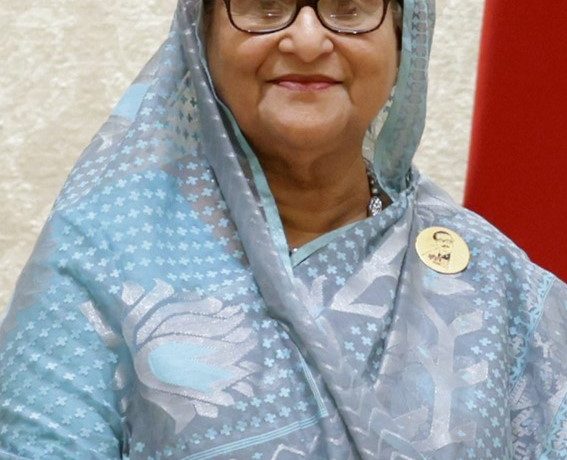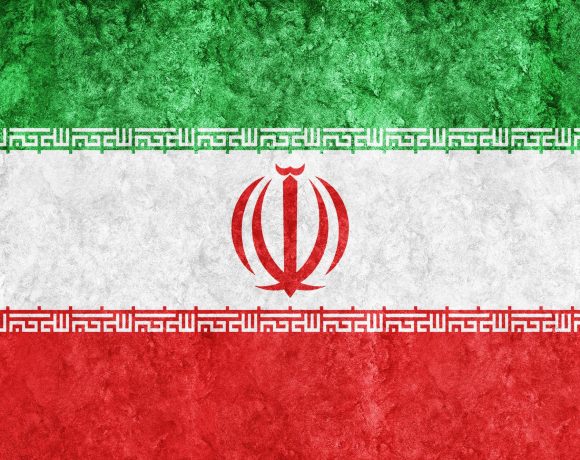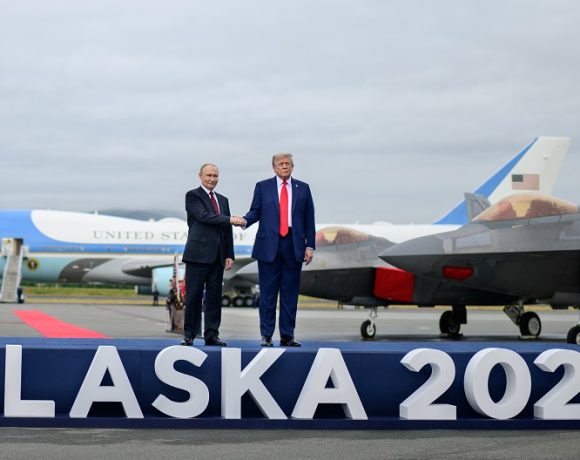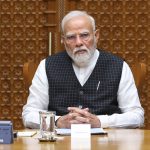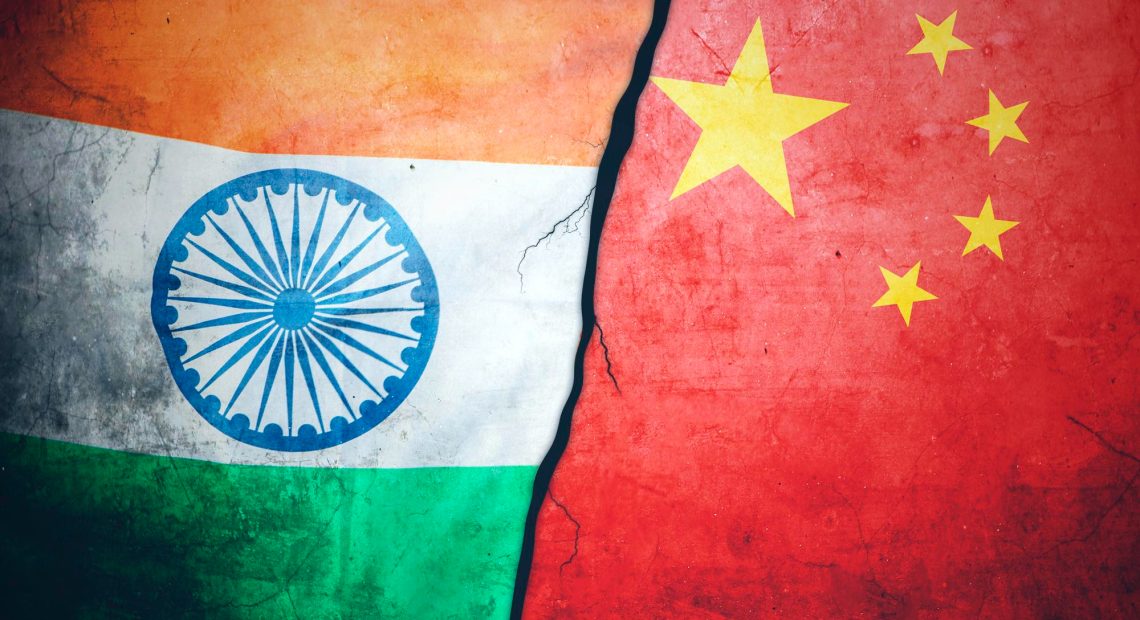
China Calls India Border Dispute “Complicated,” Signals Openness to Delimitation Talks
China has acknowledged that its ongoing boundary dispute with India is “complicated” and “will take time” to resolve, but added that it is open to discussions on delimitation to clarify the contested Line of Actual Control (LAC). The statement marks a cautious but notable shift in tone as both countries continue to seek diplomatic off-ramps after years of heightened military tensions.
Chinese Foreign Ministry spokesperson Mao Ning stated that Beijing is “ready to discuss delimitation,” emphasizing the need for patience and dialogue. Her remarks came in response to Indian Defence Minister Rajnath Singh’s call for a structured roadmap to de-escalation and a long-term resolution of the border issue, delivered during a regional security summit in Qingdao.
Ongoing Tensions Since Galwan
The boundary standoff between India and China has remained unresolved since the violent Galwan clash in 2020, which left 24 soldiers dead and led to a prolonged military buildup on both sides. While disengagement has occurred at select flashpoints, several sectors remain heavily militarized, and trust between the two Asian powers remains fragile.
India has consistently advocated for a phased approach that begins with complete disengagement, followed by de-escalation and finally a mutually agreed delineation of the border. China, on the other hand, has maintained that while it values peace, the historical complexity of the issue requires incremental progress.
Delimitation as a Path Forward
Delimitation refers to the formal demarcation and agreement on precise border lines—a process both countries have largely avoided since the 1962 war. China’s willingness to even entertain this discussion, albeit without a clear timeline, may offer a rare diplomatic opening.
However, Beijing’s insistence on gradual, dialogue-driven engagement suggests that any forward movement will be slow and heavily negotiated. India, meanwhile, is expected to push for accountability and measurable outcomes in upcoming rounds of military and diplomatic talks.
The Road Ahead
Both nations are likely to continue using existing bilateral mechanisms, including military-level commander talks and diplomatic working groups, to manage tensions and build mutual trust. But whether those platforms can evolve into forums for substantive delimitation remains uncertain.
For now, China’s statement reflects recognition of the complexity—but also the necessity—of eventually resolving one of Asia’s most enduring and dangerous territorial disputes. The coming months will reveal whether this opening leads to a genuine breakthrough or becomes another entry in a long history of stalled negotiations.


